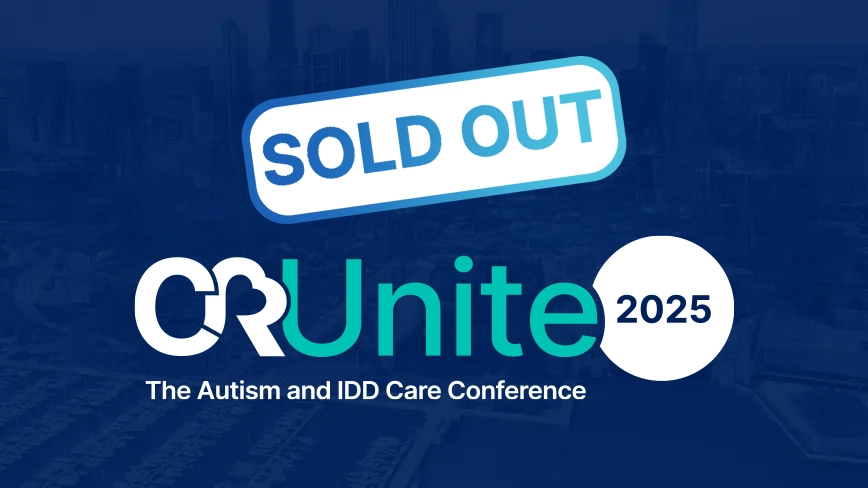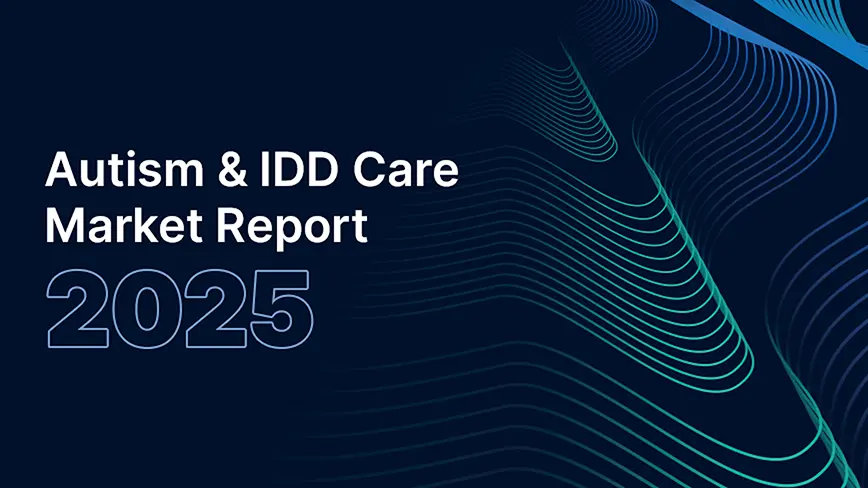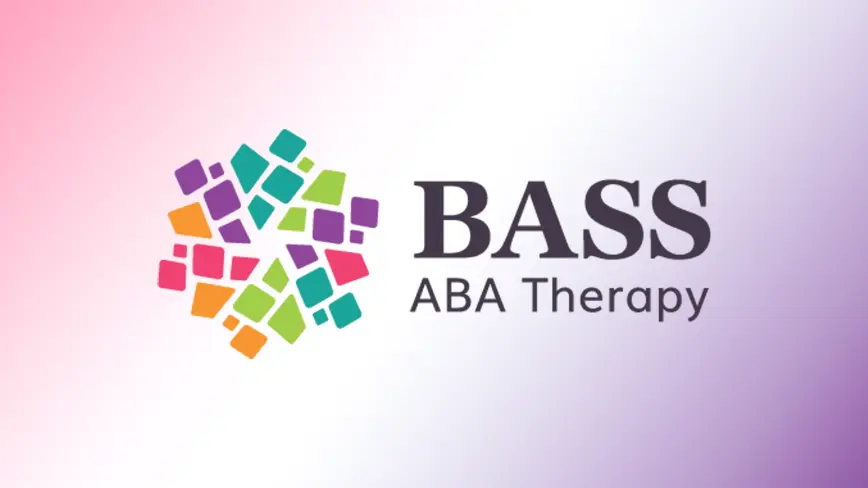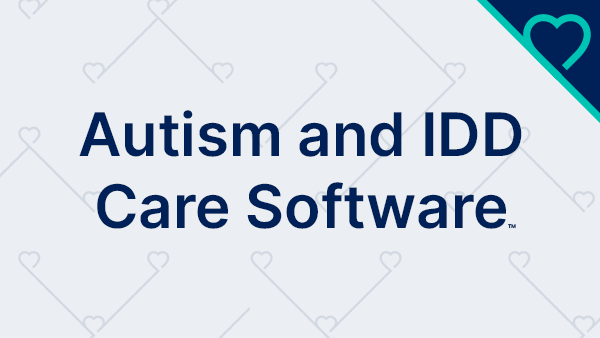As the demand for quality autism care skyrockets, the need for reliable software to support clinicians and ABA organizations has never been clearer. Managing treatment plans, monitoring progress, and ensuring compliance can be complex–but the right software can simplify these processes while enhancing care quality.
Choosing the right software solution is critical for the success of clients, staff, and the organization as a whole. A comprehensive solution like CentralReach integrates behavioral analysis tools with practice management software. This combination is essential for driving better outcomes for individuals with autism and enabling long-term success for ABA providers.
Understanding Behavioral Analysis Software
Behavioral analysis software encompasses a range of technological tools used within ABA practices. Behavior technicians and analysts use these tools to track behaviors, analyze data, and guide intervention strategies. By automating data collection, technicians are able to focus more on delivering quality care and spend less time scrambling through cumbersome data sheets.
For behavior analysts, the benefits are equally impactful. These tools provide key insights into their learner’s behavior patterns and skill acquisition progress to analyze the overall effectiveness of care. Timely and efficient data analysis empowers clinicians to make data-informed decisions that best support learners in achieving their goals.
CentralReach’s behavioral analysis software solutions streamline every facet of care, from assessment and treatment planning to data collection and analysis–all within a user-friendly interface. This equips therapists with the ability to dedicate more time to client interactions and personalized care while minimizing the administrative workload that too often contributes to burnout in the ABA field.

Key Features to Look for in Behavioral Analysis Software
All behavioral analysis software solutions are not created equally. The features and functionality of a platform can harm or improve a practice’s quality of care and staff satisfaction–so choosing one that meets the needs of everyone within your organization is critical. Let’s consider a few of the most essential features to look for.
- Streamlined Data Collection–ABA therapy requires an individualized approach , from programming and interventions to data collection. Look for solutions in electronic systems that offer a way to easily collect, analyze, and utilize data.
- Real-Time Progress Tracking–Behavior analysts need to be able to monitor progress in real-time, whether they’re in the learner’s home, providing services via telehealth, or working in their office. Behavioral analysis software should allow clinicians the ability to assess the effectiveness of interventions and make timely modifications based on the most accurate and current data.
- Visual Reporting & Analytics–Clear and actionable insights help clinicians guide decision-making. Consider software that auto-graphs data and seamlessly generates reports to aid therapy teams and caregivers in visualizing progress.
- Goal Management–Behavioral analysis software should simplify goal management for clinicians. Look for solutions that provide a straightforward way to set, track, and adjust client goals. Built-in curricula are an added bonus.
- Parent and Caregiver Collaboration–A solid partnership between clinicians and caregivers is the key to success in ABA. Choose a solution that offers collaboration features, such as secure messaging and documentation sharing.
- Secure Data Management–Safeguarding client data is non-negotiable. Ensure any solutions you’re considering have robust security measures and are HIPAA, SOC2, FERPA, and PCI compliant.
CentralReach’s comprehensive behavioral analysis platform provides all of these features and more within a single intuitive solution. It optimizes workflows while ensuring accuracy, making it an ideal choice for ABA practices of any size.

Enhancing Autism Treatment Plans with Software
As the healthcare field continues its digital transformation, behavioral analysis software offers countless opportunities to enhance autism treatment plans. By automating data collection and analysis, applied behavior analysis practice management software enables personalized, data-driven interventions–practices that are at the heart of ABA.
While ABA practices strive to promote the highest quality care possible, many potential barriers may arise that impact continuity of care. One of the greatest benefits of using software in an ABA practice is its ability to ensure treatment plans remain dynamic and effective. Software allows goals to be continuously updated without manual modifications as the learner demonstrates mastery. This not only saves time but also promotes timely progression of care.
CentralReach’s platform stands out against the competition by offering tools that help therapists align treatment plans with every learner’s unique evolving needs. This ensures consistent, measurable, and responsive treatment, fostering meaningful outcomes for individuals with autism.
The Value of Practice Management Integration
A practice management platform is an invaluable tool for ABA practices. These platforms offer support for the administrative aspects of a practice, such as scheduling, billing, and compliance. Integration of your clinical and practice management software bridges the gap between therapy and administrative operations. This creates unified workflows and allows for accurate, consistent data.
CentralReach delivers a comprehensive solution to clinical data collection and practice management in a single, cohesive platform. This integration minimizes administrative burdens on clinicians while allowing for a seamless flow of data across all areas of autism care.

Key Benefits of CentralReach’s Behavioral Analysis Software
CentralReach offers a range of benefits that make it a top choice for ABA organizations to improve operations and promote positive learner outcomes. Here are just a few of the advantages of using CentralReach’s behavioral analysis software.
CentralReach automates workflows, from clinical work like assessments, programming, and data collection, to scheduling, billing, analysis of key organizational metrics, and more. Freeing up clinicians' time while supporting the backend processes bolsters organizational efficiency.
Posted in Clinical, Practice Management
You may also like...
Related information and stories
The Future of Multidisciplinary Care Starts with Centralized Operations
The ABA field has undergone major shifts in recent years. One such shift is the adoption of the multidisciplinary care model. More often than ever before, ABA providers are leaning…
Continue ReadingCST Academy: Avoid Waitlists With Proactive Staffing
While many providers across the country face overwhelming waitlists and growing staffing shortages, CST Academy has taken a different path-one focused on proactive hiring, clinician-led leadership, and an unwavering commitment…
Continue ReadingHow RBT Empowerment Drives Organizational Growth & Helps Behavior Technicians at Beyond Autism Services
Increase in Quality of Care and Enhanced Interdisciplinary Collaboration In a field with high rates of burnout and turnover, Beyond Autism Services places a unique emphasis on training, developing, and…
Continue Reading






